This simple Spanish hummus recipe takes a tried and true classic to new heights. By adding toasted pine nuts, smoked Spanish paprika, sea salt flakes, and extra virgin olive oil, you will have a delicious and impressive hummus to serve for any event.
Looking for more Spanish dips to spice up your tapas? Try these amazing recipes for mojo picón and mojo verde!
Introduction
While hummus originates in the Middle East, Spain has been quick to fall in love with this garbanzo bean dip. Here in Spain, we use garbanzo beans (chickpeas) for almost anything: shrimp with chickpeas, spinach and chickpea stew, and salads!
When hummus became popular in Spain, it was soon being served on every tapas bar menu, often with a Spanish twist. My recipe is quite traditional, although I add cumin, as it's a flavor that reminds me of southern Spain! It is super creamy, just garlicky enough, and smooth as can be (thanks in large part to my powerful blender).
So what makes my recipe "Spanish"? The toppings, of course! I have topped my version with a delicious and simple combination: toasted pine nuts, extra virgin olive oil, smoked Spanish pimentón de La Vera (paprika), and sea salt flakes (such as Maldon salt).
Ingredients
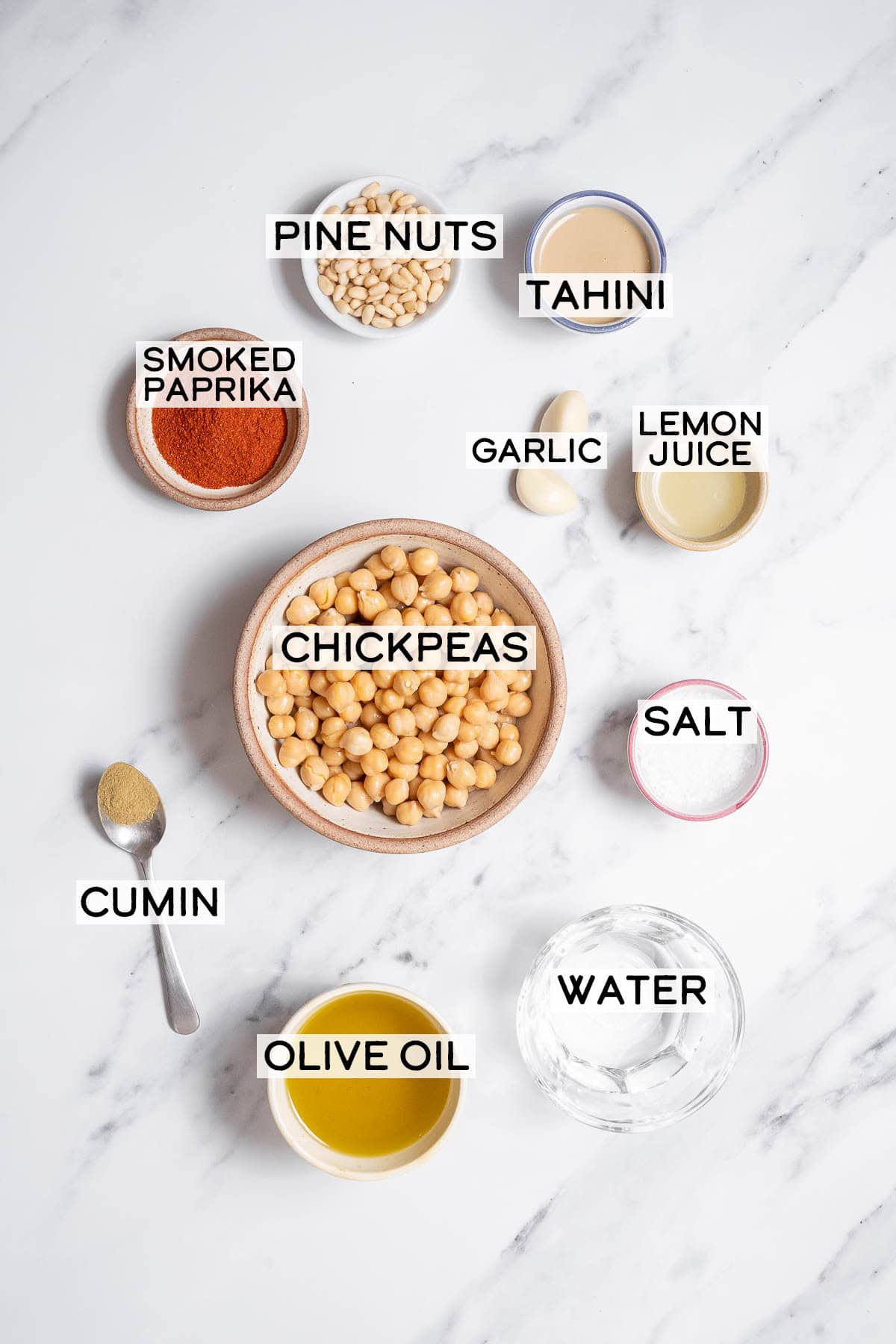
Wondering what ingredients you need to whip up this mouthwatering Spanish hummus? Grab these key ingredients, and you'll be ready to go!
- Tahini: There are plenty of people who omit tahini in hummus, but for me it is an essential ingredient. That said, if you can't find tahini or can't eat it for some reason, this would be a delicious garbanzo bean dip without it!
- Garbanzos: Some people cook their chickpeas from scratch for hummus, but I haven't found it to make a big difference if you are buying a good enough canned/jarred variety. I also don't peel my chickpeas -- that is just too much work! Luckily, using a high-power blender (like a Vitamix) means creamy hummus every time.
- Garlic: Start with two cloves and if you need more garlic flavor, just add more. I also love hummus with roasted garlic.
- Spices: My Spanish hummus is pretty basic and only includes sea salt and cumin mixed into the actual hummus blend. You can omit the cumin if you wish, but it definitely adds a lot of Spanish flavor.
- Water: This is a very important and often overlooked ingredient in hummus. Adding cold water to the puree will allow it to become as smooth and creamy as you can imagine. Add the water slowly until you get the texture you want.
See recipe card for full information on ingredients and quantities.
Toppings for Spanish Hummus
- Classic: My classic recipe is topped with toasted pine nuts, smoked Spanish paprika (pimentón de La Vera), sea salt flakes, and extra virgin olive oil.
- Seafood & Spicy Peppers: Smoked Spanish sardines or good quality Spanish anchovies go well on top of hummus. They're even better with spicy pickled peppers chopped up (Basque piparras or pepperoncini).
- Roasted Red Peppers: I love topping Spanish hummus with roasted piquillo peppers.
- Crumbled Chorizo and Goat Cheese: This heart-stopping combo is filling, but makes an incredible dip with freshly baked bread.
- Topped with Olives: Hummus and olives are a great combination, so why not top your hummus with some of my homemade olive tapenade?
How to Make Spanish Hummus
If you’d like to see the full ingredients and instructions, scroll to the bottom of the post for the printable recipe card.

- Put the ingredients in a blender or food processor. Put the liquid ingredients in first, then add the solid ones on top. (image 1)
- Turn the blender on low speed and gradually turn up the speed until it's on high. Blend on high speed for about 30 seconds. Add more of the water if necessary until you reach your desired level of creaminess. Adjust the salt and garlic to taste. (image 2)
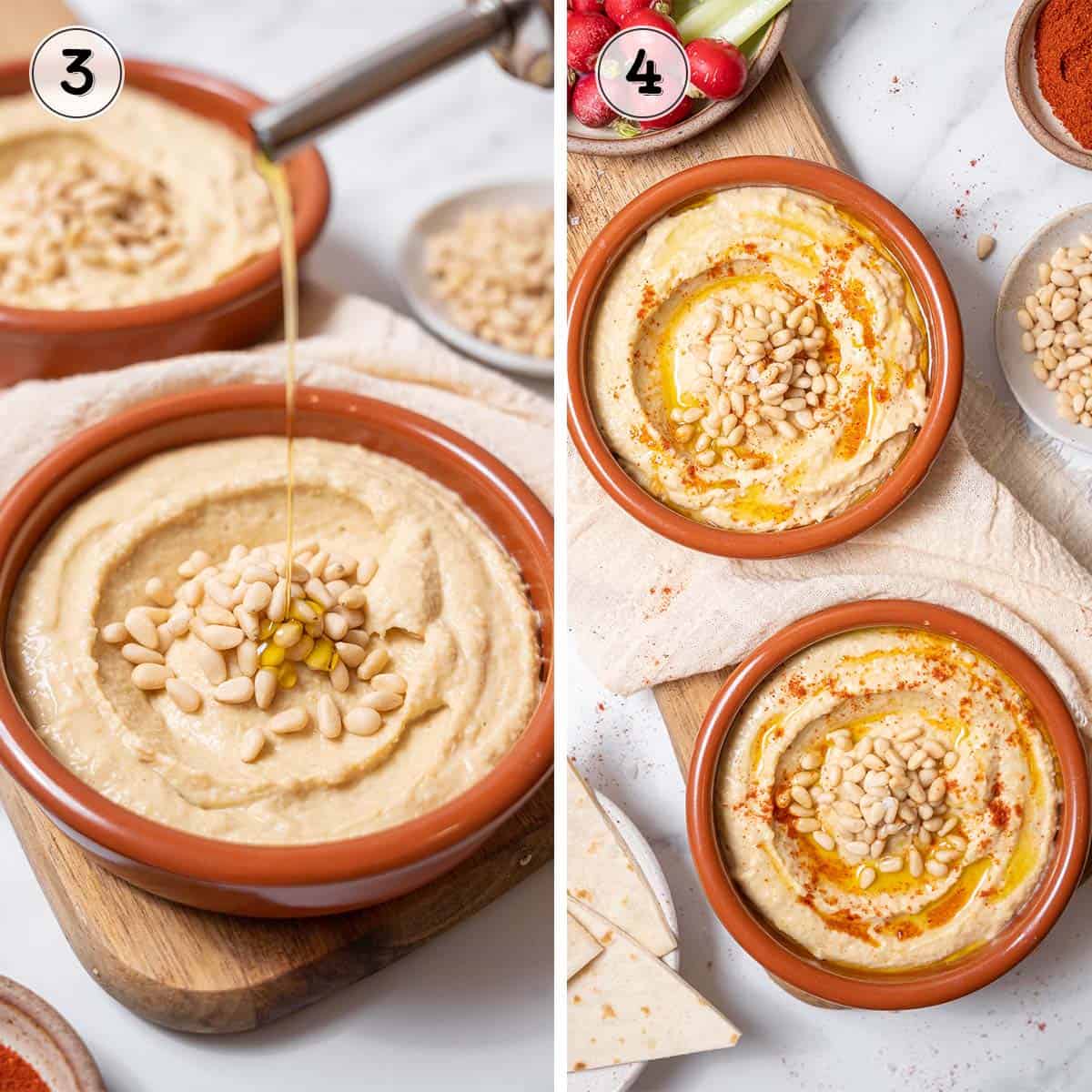
- To serve, put the hummus into a serving bowl and garnish with pine nuts, smoked Spanish paprika, sea salt flakes, and plenty of extra virgin olive oil. (image 3)
- Enjoy your Spanish hummus with warm pita bread, crackers, or raw veggies! (image 4)
Recipe FAQs
Hummus can last up to one week in the fridge when kept in an airtight container.
You can (and should)! Hummus freezes well and can be kept in the freezer for three months. Place in an airtight container or freezer bag. You can also freeze small portions in ice cube trays, perfect if you want to use hummus as a garnish.
Yes! Hummus is filled with hearty and healthy Mediterranean ingredients like chickpeas, olive oil, and tahini (sesame paste). It's filled with fiber and heart healthy fats. It is high calorie, however, so enjoy in moderation.
Serve
I usually eat hummus as an appetizer or light meal, accompanied by raw veggies (usually carrots, red peppers, radishes, and celery), fresh bread, and Spanish crackers. Hummus also makes a great garnish to roasted meats and vegetables. Try it with these Mediterranean roast vegetables for a fantastic, healthy combo!
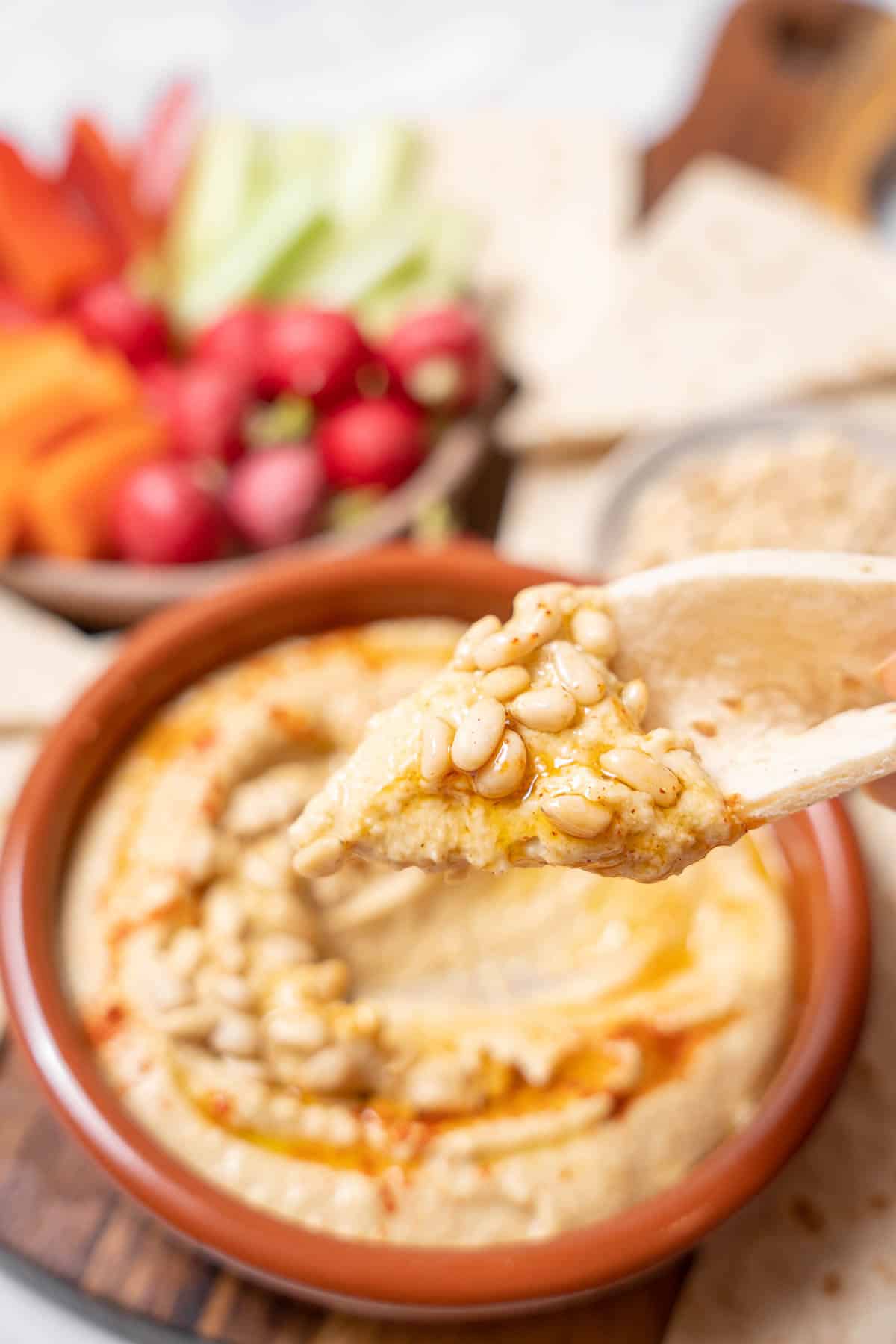
Expert Tips
- Smoked Spanish paprika (pimentón de La Vera) makes all the difference! If located in the US you can buy through La Tienda.
- I love a spicy Spanish olive oil to finish this hummus -- a peppery Picual would be perfect if you can find it.
- I love topping my hummus with toasted pine nuts, but almonds, pistachios, and even walnuts or hazelnuts would work too.
More Spanish Chickpea Recipes
If you liked this recipe, please share it with others!
Follow Spanish Sabores on Facebook, Pinterest, and Instagram for more recipes and travel tips.
If you've made and enjoyed this recipe, please leave a 5-star review!
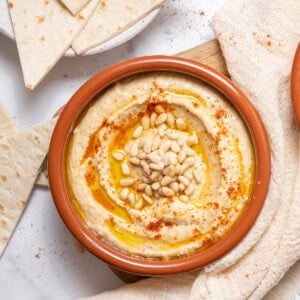
Spanish Hummus
Ingredients
For the Hummus
- ¼ cup extra virgin olive oil
- 2 tablespoons lemon juice freshly squeezed
- 5 tablespoons cold water or more or less depending on preference
- 1 ½ cups chickpeas drained and rinsed
- ⅓ cup tahini
- 2 cloves garlic peeled
- ½ teaspoon sea salt
- ½ teaspoon ground cumin
Topping
- ¼ cup pine nuts preferably toasted
- 2 tablespoons good-quality extra virgin olive oil
- smoked Spanish paprika to taste (pimentón de La Vera)
- sea salt flakes to taste (such as Maldon salt)
Instructions
- Add the wet ingredients into a blender or food processor (tahini, olive oil, half of the water, and lemon juice), and then place the solid ingredients (chickpeas, garlic cloves, and spices) on top.
- Turn the blender on a low speed, then gradually raise the speed to high. Blend on high for about 30 seconds, adding more water if needed to make the hummus smooth and creamy.
- Adjust the salt, cumin, and garlic to taste. Remember you will add a bit more salt with the topping.
- Spread the hummus in a serving dish and garnish with the toasted pine nuts, a healthy drizzle of olive oil, a dusting of paprika, and sea salt flakes. Enjoy with bread, crackers, or raw veggies!
Notes
- Tahini: I think it's essential but you can omit if you must! It will still be tasty.
- Spices: You can omit the cumin if you wish, but it definitely adds lots of Spanish flavor. And the Spanish paprika on top is a must for the true smokey Spanish flavor.
- Pine Nuts: I love topping my hummus with toasted pine nuts, but almonds, pistachios and even walnuts or hazelnuts would work too.
- Garbanzos: Some people cook their chickpeas from scratch for hummus, but I haven't found it to make a big difference if you are buying a good enough canned/jarred variety. I also don't peel my chickpeas -- that is just too much work! Luckily, using a high power blender (like a Vitamix) means creamy hummus every time.
- Garlic: Start with two cloves and if you need more garlic flavor, just add more.
- Water: This is a very important and often overlooked ingredient in hummus. Adding cold water to the puree will allow it to become as smooth and creamy as you can imagine. Add the water slowly until you get the texture you want.
- Storing Hummus: It can keep in the fridge for three days. You can also freeze it for up to three months.
Nutrition
Photography by Giulia Verdinelli


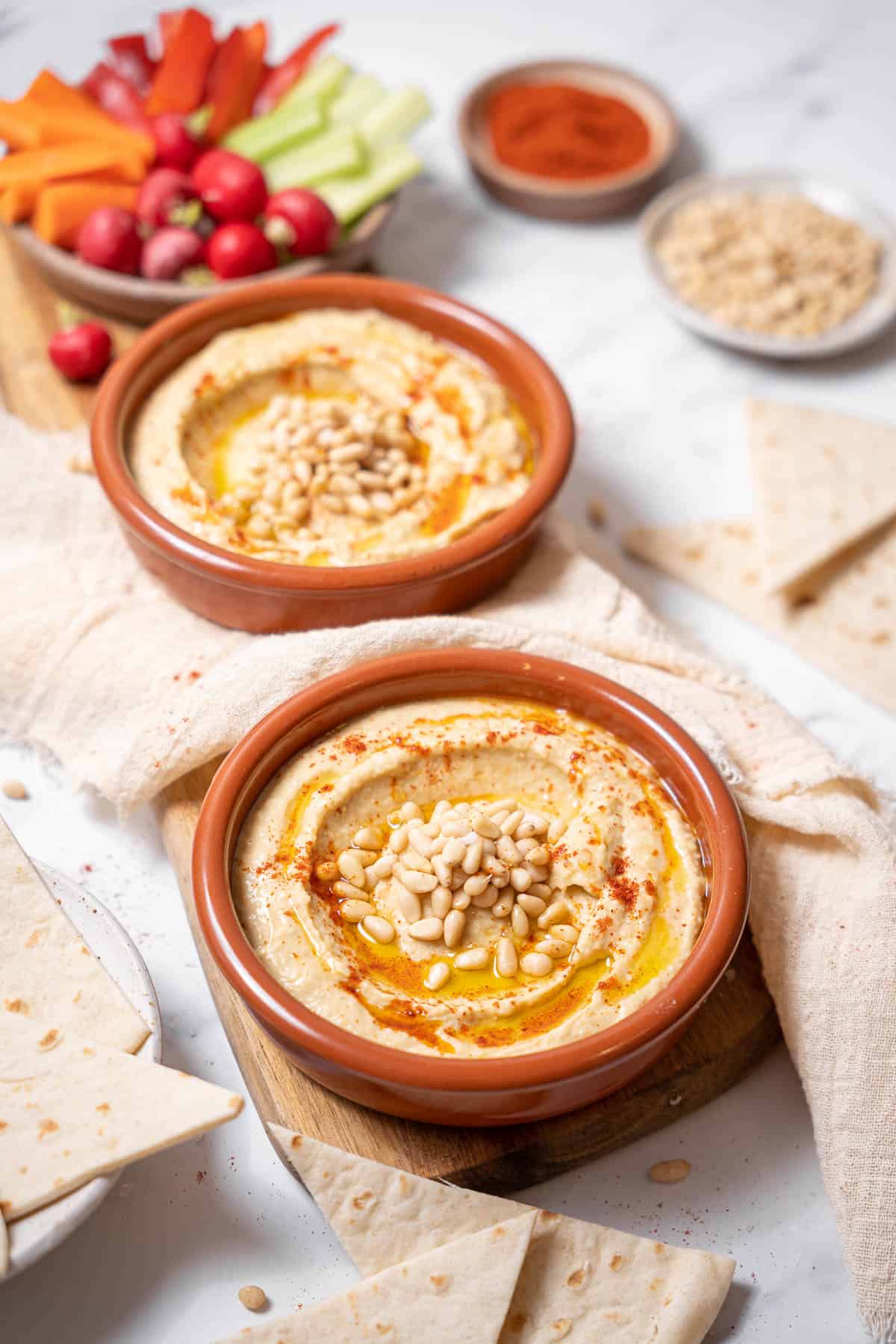
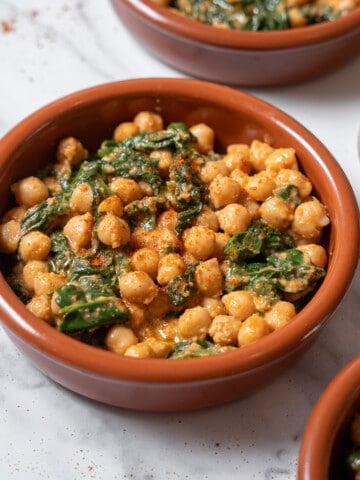
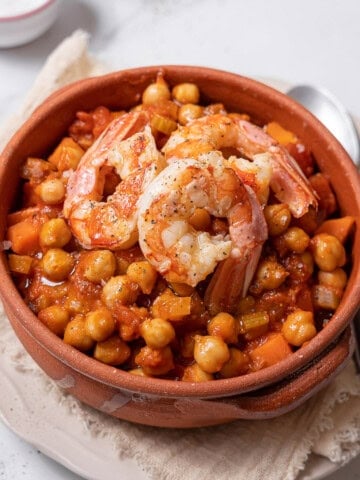
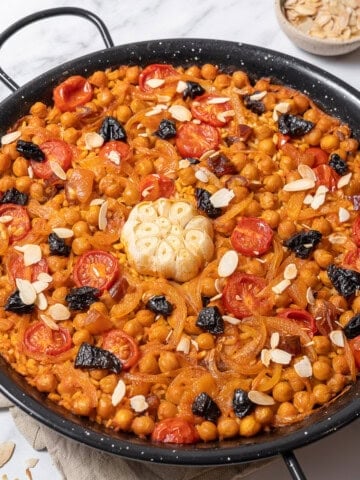
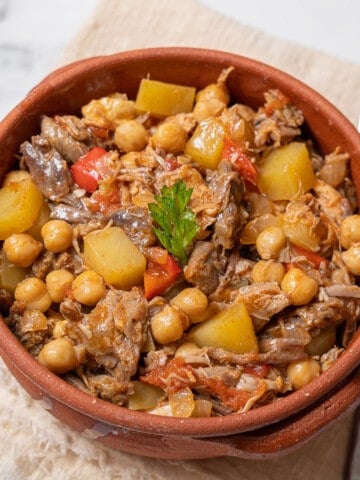

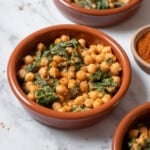
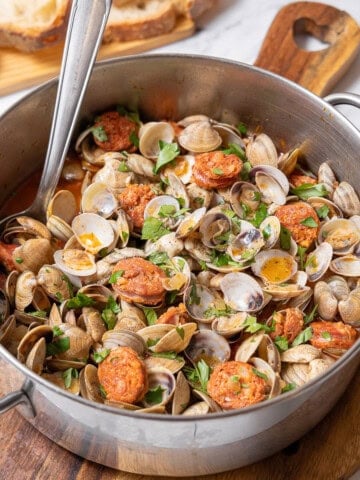
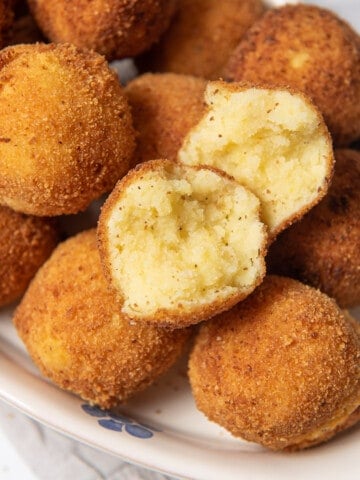
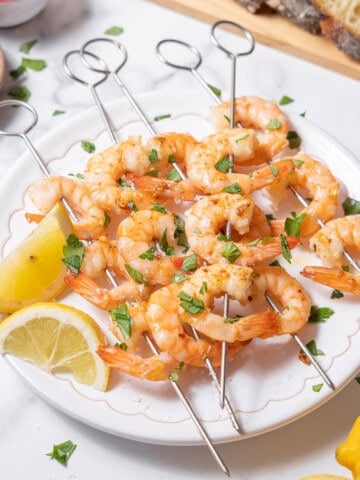
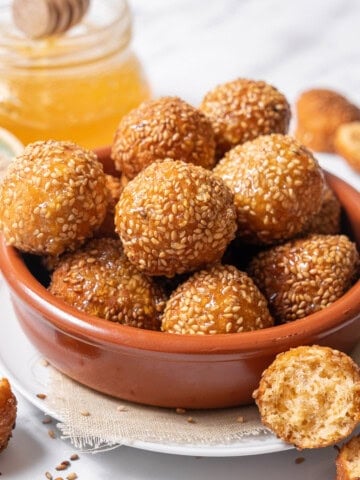
Chris Nation
Hummus is, sadly, calories central. One of my friends allowed her son free reign in the fridge as long as what he took was 'healthy'. Bananas [also very carby] and hummus fell into this category and from time to time I saw this boy, clear a 500 gm pot of hummus with his fingers. The result of the policy was that he was [in English weight-speak] 23 stones, aged 23. That's 322 lbs in American.
My then g/f used to make hummus from scratch, boiling 'raw' chickpeas for hours. One hummus session she put up a large pot of chickpeas and went out shopping. Me and a pal were outside the front door doing some 'roadside engineering' on my car. I was instructed to go in and turn off the stove in X time. My pal, knowing the way roadside engineering goes said, "We WILL forget" And we did.
She came back to a kitchen fogged with smoke, carbonised chickpeas and a large pot fit only for the bin.
I therefore thorough approve of ready cooked chickpeas!
EVA
Wow, this is exactly how I make my hummus! When I was going to school at the University of Madrid (way back in the Franco era) my señora, the woman with whom I lived, let me watch her cook. I took notes and that's how I learned to cook Spanish food. She never measured anything, so I just had to eyeball it. People, this hummus is so good you'll never want to eat store-bought again. I have one big problem with it though - I could eat the whole thing in one sitting! Thank you for the nutrition information. I've made it a lot in the last two years and seeing the calorie and fat count explains the pandemic pounds I've put on. ¡Delicioso! I have enjoyed all your recipes.
John Edwards
If this is an authentic Spanish recipe then why are the ingredients in in American cups rather than metric as is used in Spain and the rest of Europe?
John
Lauren Aloise
The majority of readers reside in the US but I usually put recipes in both. I have a list of recipes to make sure to add metric to. I will keep this in mind for future recipes!